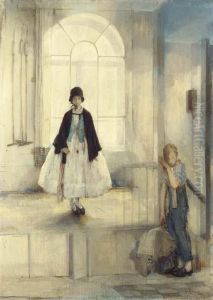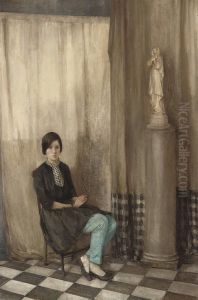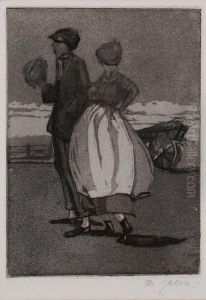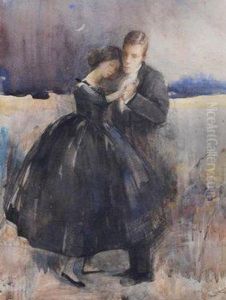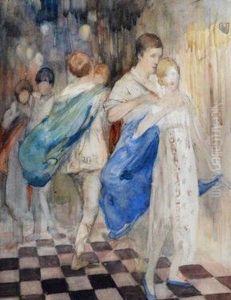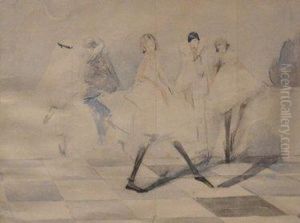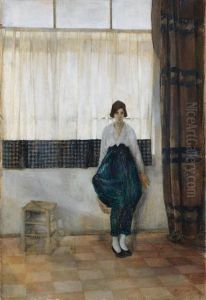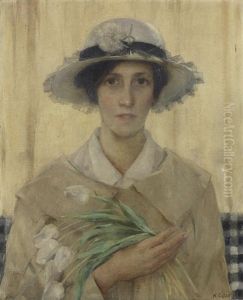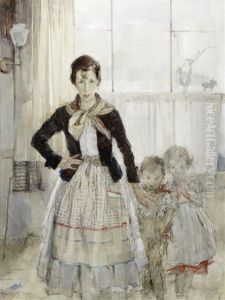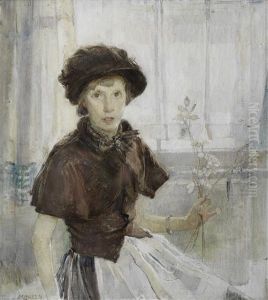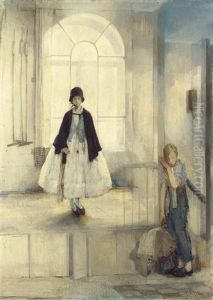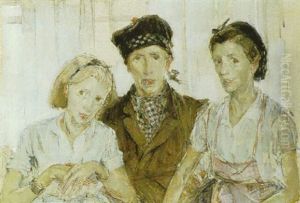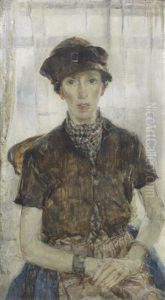Madeline Green Paintings
Madeline Green was a British painter known for her distinctive style that combined elements of the New English Art Club with influences from French Impressionism and Post-Impressionism. Born on January 5, 1884, in Southgate, London, she showed an early aptitude for art and was encouraged to pursue her passion despite the limited opportunities available to women artists at the time.
Green studied at the Royal Academy Schools from 1903 to 1906, where she honed her skills in drawing and painting, and won several prizes. During her career, she exhibited at the Royal Academy, the Royal Institute of Oil Painters, the Royal Society of British Artists, and the Society of Women Artists, among others. She was a member of the New English Art Club from 1912, which played a significant role in introducing the ideas and techniques of French Impressionism to the British public.
Her work is characterized by its bold use of color, loose brushwork, and attention to light and atmosphere, often featuring women and children in domestic or idyllic settings. Green was not only a talented painter but also a perceptive observer of the social changes happening around her, particularly regarding the role of women in society. Her paintings often reflect the transitional period for women, capturing their inner lives and social environments with sensitivity and depth.
Madeline Green never married and lived with her two sisters, who frequently modeled for her. During World War I, she served as a volunteer nurse, which impacted her deeply and influenced some of her later works. Despite her achievements, Green never gained the same level of recognition as some of her male contemporaries, which is partly attributed to the gender biases of the time.
Green continued to paint throughout her life, but her later years were marked by relative obscurity, and she struggled financially. She died on August 24, 1947, in London, having lived through both World Wars and witnessed significant transformations in art and society. Today, her work is appreciated for its unique contribution to early 20th-century British art, and her paintings can be found in various collections, including the Tate Gallery in London.
